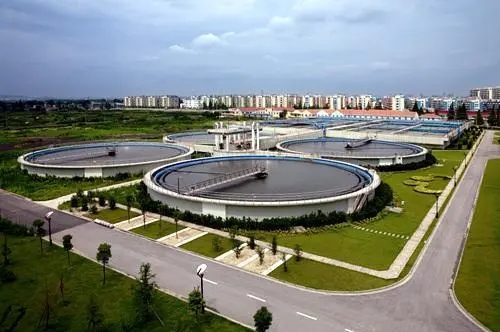 Drying Technology
Drying Technology
Keywords: sludgedryerfactory、sludgedryingequipment
Due to the development of social economy and the increase of population, the total amount of industrial waste, industrial waste water, domestic waste and domestic sewage is increasing. The harmless, reduced and resourceful disposal of sludge collected by industrial and urban sewage treatment plants is a subject currently being studied and practiced by domestic peers.

Characteristics of sludge
Sludge mainly comes from urban sewage treatment plants and industrial sewage treatment plants. It is the waste produced by sewage treatment plants. In order to facilitate transportation and subsequent disposal, the sewage treatment plants will not leave the factory until the sludge is mechanically filtered. Generally, the moisture content is 80% or less. Sludge is a heterogeneous body composed of organic fragments, bacteria, inorganic particles and colloids, which is difficult to conduct thorough solid-liquid separation through sedimentation. The sludge produced by sewage treatment is typical organic sludge, which is characterized by high organic content (60%~80%) and fine particles
(0.02 ~ 0.2 mm), low density (1002 ~ 1006 kg/m3), colloidal structure, pipeline transportation, poor hydrophilicity and dehydration performance. With the decrease of water content in the sludge, the sludge changes from pure liquid to viscous, plastic, semi dry solid to pure solid.
Introduction to Sludge Drying Process
Sludge drying processes are mainly divided into mechanical press drying and heating drying drying. The mechanical press drying processes include ordinary mechanical press drying and mechanical filter pressing drying; Heating, drying and drying processes include flue gas drying process, steam drying process, heat transfer oil drying process, etc.
Steam heating and drying
1) Process of steam heating drying system
The wet sludge is poured into the wet sludge receiving and storage silo after passing the weighbridge in the plant, and then sent into the disc dryer through the sludge pump. The saturated steam is used as the heating medium to indirectly heat the sludge. The steam generated in the sludge drying process is discharged through the tail gas induced draft fan to maintain the micro negative pressure operation of the dryer, auxiliary equipment and system pipeline. After the extracted gas (steam and air mixture) is dedusted and condensed, the waste gas condensate is brought into the sewage collection pipe network. The odor generated by the non condensable tail gas of the drying system and the wet sludge receiving and storage system is pumped by the tail gas induced draft fan to the incinerator for high-temperature degradation.
2) Configuration of steam heating drying system
According to the daily sludge treatment capacity of 500 t, a total of 5 super disc dryers are set. The dryer is controlled by frequency conversion speed regulation. The heat source for drying is low-grade steam, and the parameter is 0.5 MPa G saturated steam. The daily sludge treatment capacity of each dryer is 100 t, and the moisture content of dried sludge is 30%~40%. After drying, the sludge becomes fine particles without breaking.
3) Dry sludge transportation
The dried sludge is first conveyed and cooled by scraper conveyor, and then conveyed to the sludge hopper in the coal bunker room by scraper conveyor or belt conveyor.